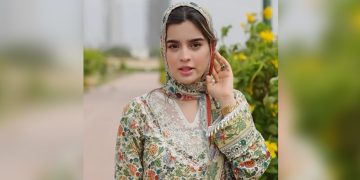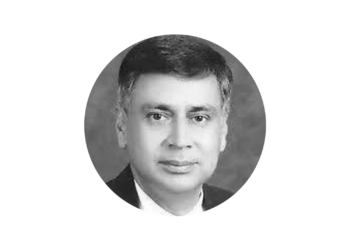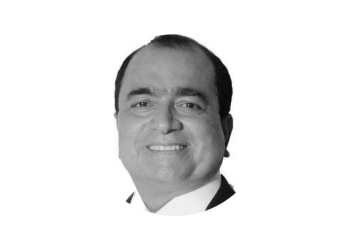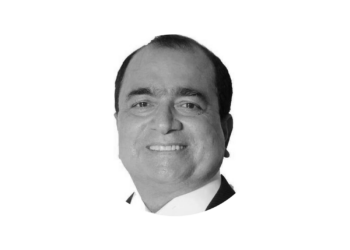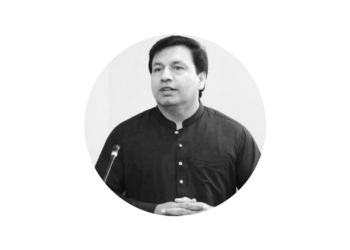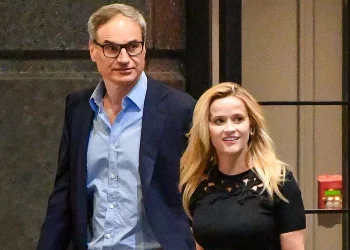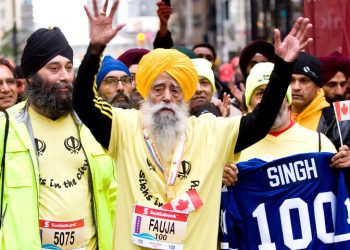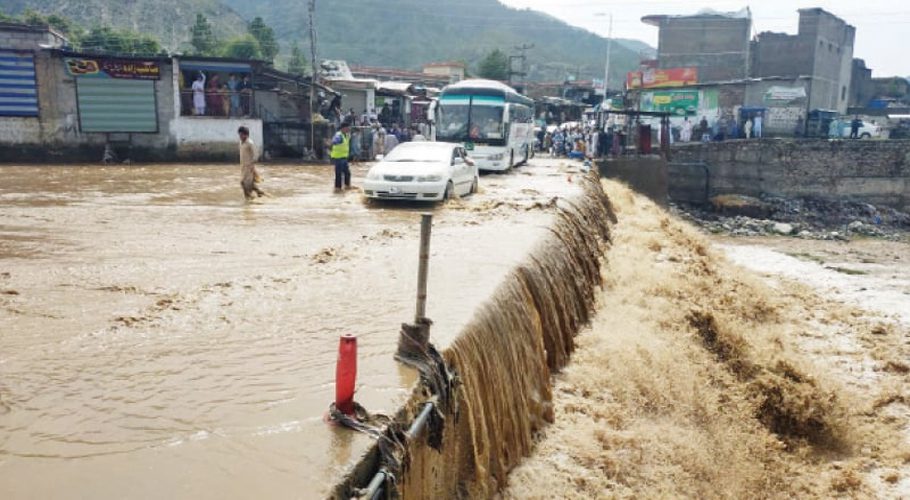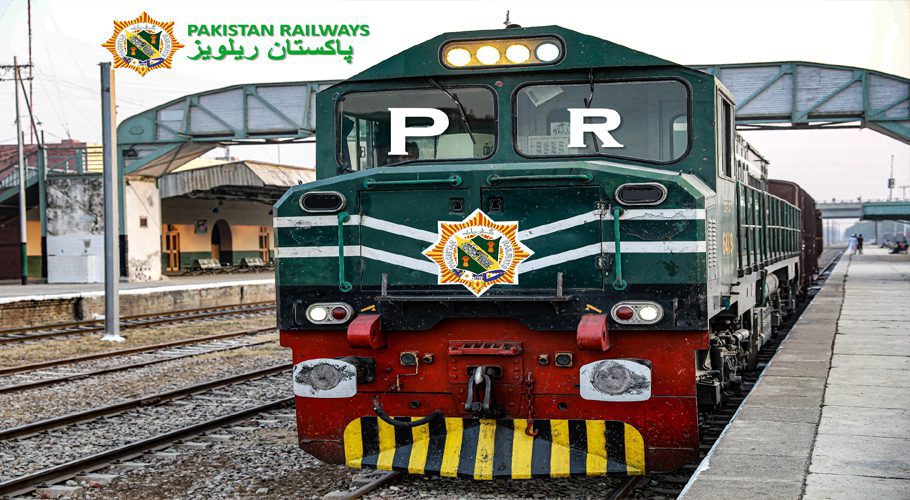‘Selected’ leaders
Trending Stories
Opinion
July 15, 2025
- Nadeem Moulvi
June 29, 2025
- Munir Ahmed
June 28, 2025
- Munir Ahmed
No posts found
Early morning rain brings pleasant weather to Lahore
Early morning heavy rainfall in various areas of Lahore made the weather pleasant, but...
How much will petrol and diesel prices increase starting today?
There is a possibility of an increase in petroleum product prices for the next...
Korangi Causeway road will be closed upon completion of Malir Expressway: CM Sindh
Sindh Chief Minister Syed Murad Ali Shah has announced that Korangi Causeway Road will...
MM Digital (Pvt.) Ltd.
MM News is a subsidiary of the MM Group of Companies. It was established in 2019 with the aim of providing people of Pakistan access to unbiased information.
Contact Details: 03200201537


